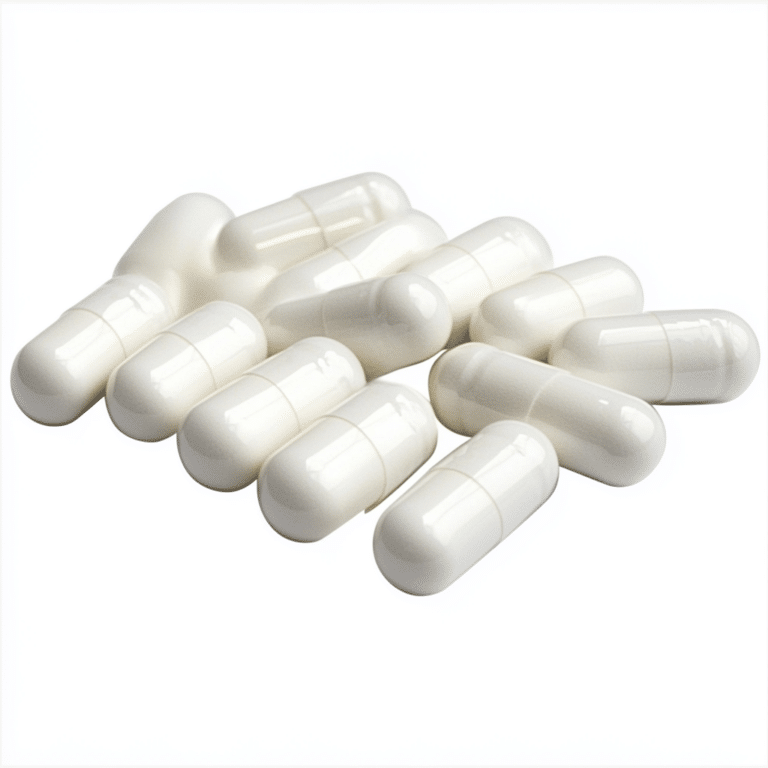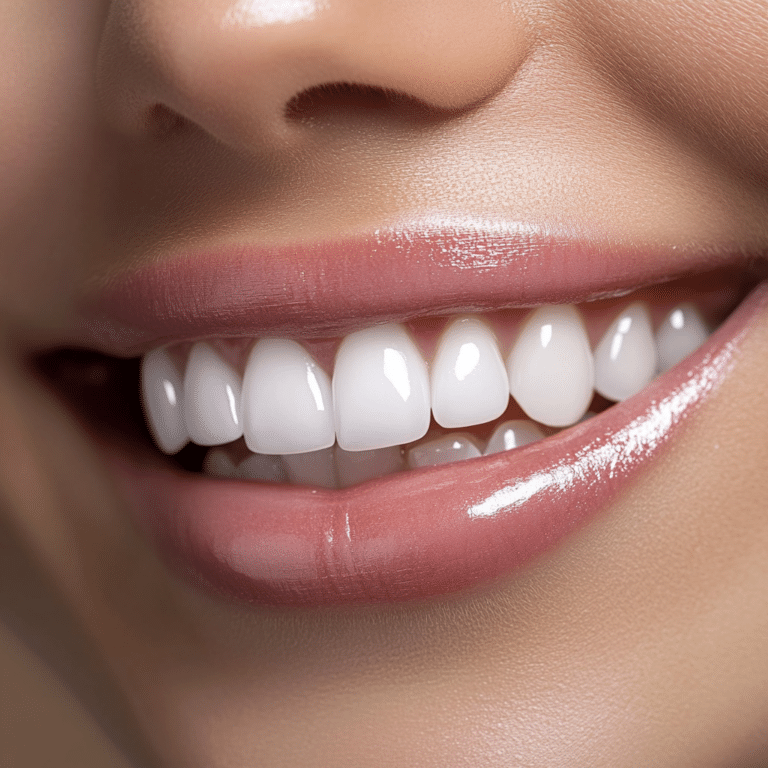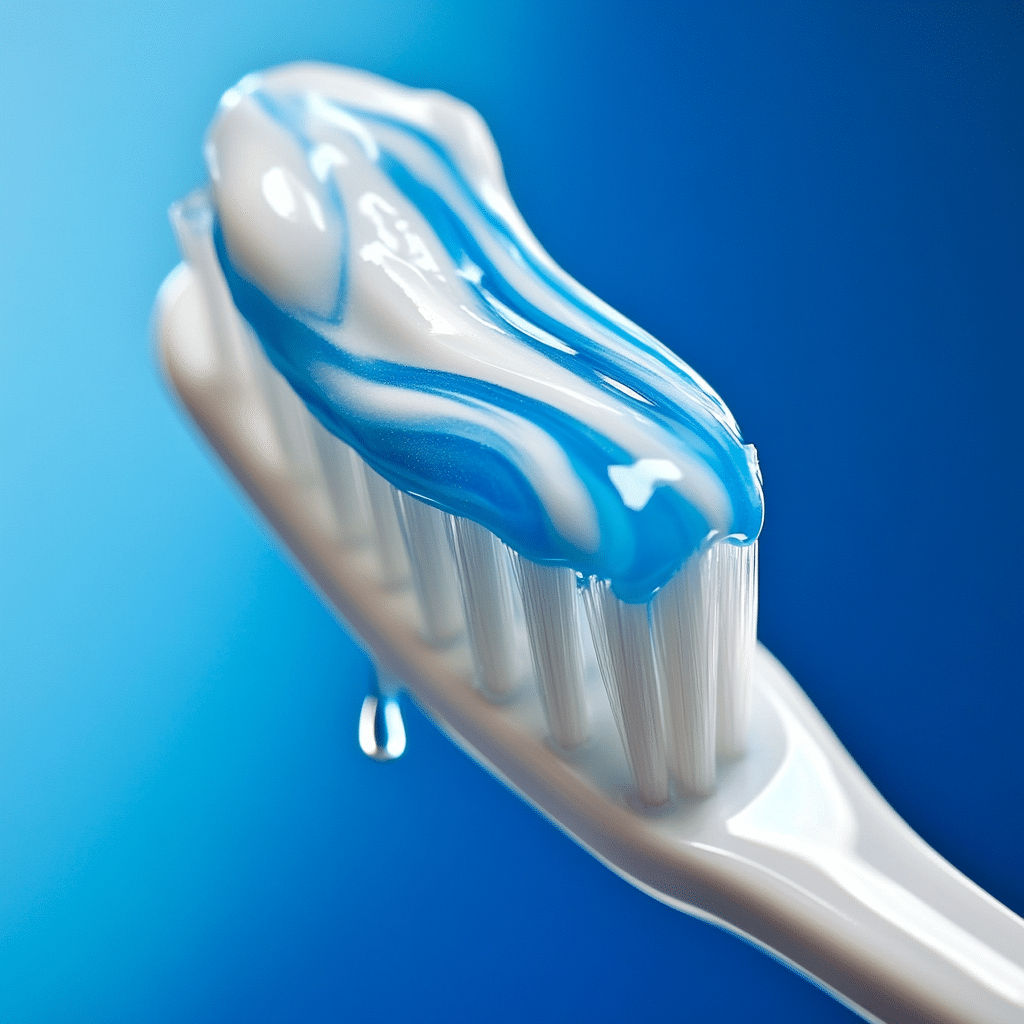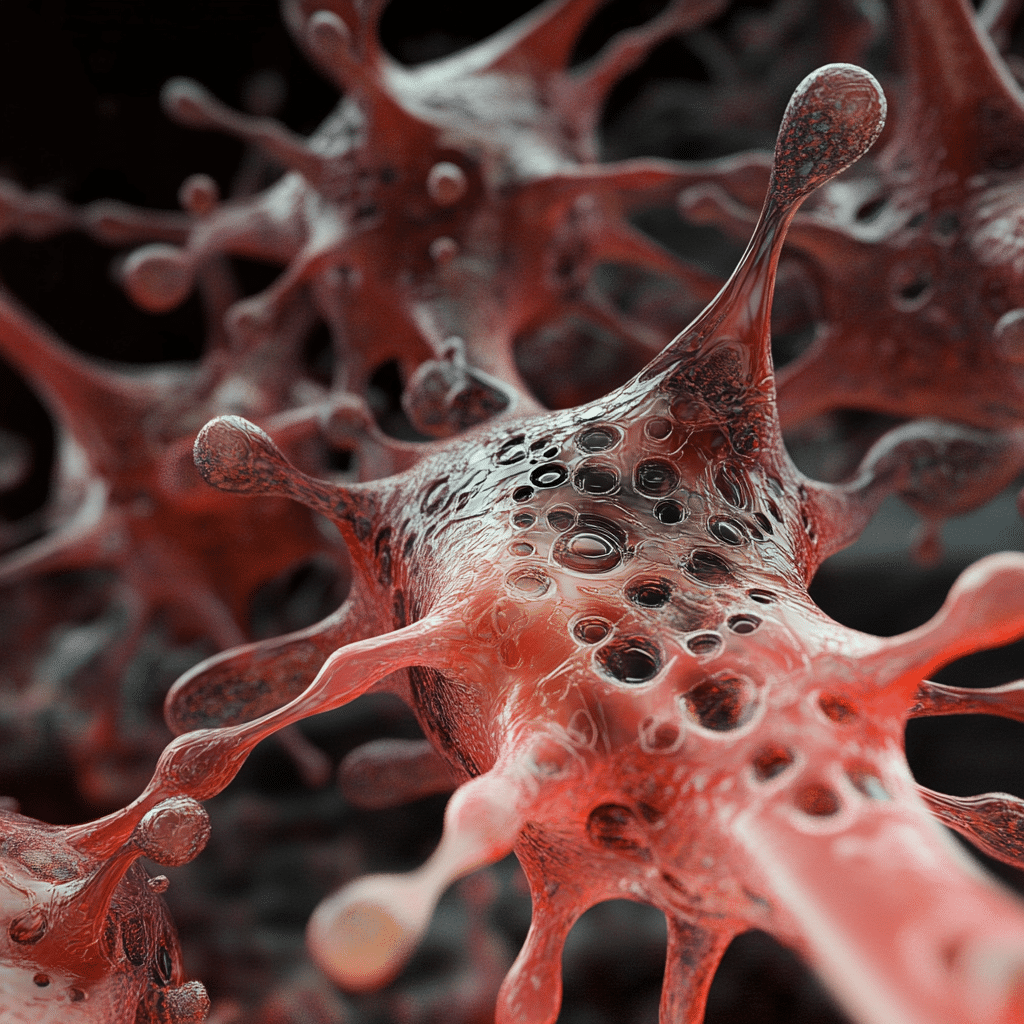When we talk about the body, so many things can surprise us – and one of those things is prolactinoma. This benign pituitary tumor can lead to unexpected symptoms that many people are unaware of. But don’t worry; there’s no need to let it drag you down. Instead, let’s dive deep into what prolactinoma is, its surprising symptoms, and the treatment options that can get you back on track and feeling your best.
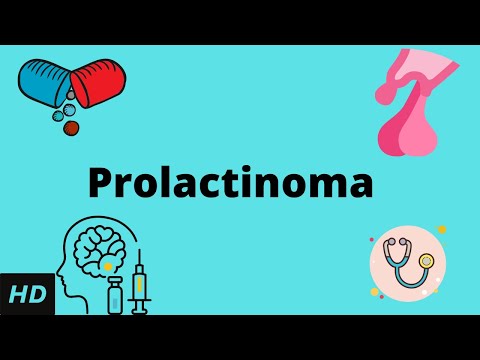
1. The Surprising Symptoms of Prolactinoma
Understanding the symptoms of prolactinoma is crucial, especially since they can be bewildering. Here’s what you need to know:

1.1 Galactorrhea: Beyond the Expected
Most people associate galactorrhea – the unexpected flow of milk from the breast – with women. But guess what? Men can experience this too! That’s right, gentlemen! When prolactin levels soar, it can lead to galactorrhea in both genders. It’s a classic example of how critical it is to stay aware of our bodies. Being familiar with such symptoms can prevent misdiagnosis and lead to timely treatment.
1.2 Changes in Menstrual Cycle
For women, prolactinoma can wreak havoc on menstrual cycles. You might find yourself dealing with irregular cycles or even amenorrhea – that’s when menstruation completely stops. This disruption doesn’t just throw a wrench in your monthly routine; it can affect fertility, making it essential to get medical advice. Awareness here is crucial for health management.
1.3 Visual Disturbances: Papilledema Revelation
Papilledema might sound like a mouthful, but it’s one of those eye-opening symptoms of prolactinoma. When increased intracranial pressure affects the optic nerve, it can lead to some scary visual disturbances like blurred or double vision. Imagine thinking your headaches are just stress-related when they’re actually tied to a serious condition. Recognizing these connections can empower you in addressing your health.
1.4 Emotional Symptoms: A Hidden Impact
Do you feel mood swings, anxiety, or even depression with no clear reason? Well, it turns out these emotions might be influenced more by hormonal imbalances than you think. Patients often report a shift in emotional health due to high prolactin levels. Acknowledging the connection between these emotional symptoms and prolactinoma can open the door to a more holistic treatment approach.
1.5 Skin Changes: Keratoacanthoma and Other Concerns
You might be surprised to learn about the skin changes associated with prolactinoma. Some patients report an increase in skin conditions like keratoacanthomas, benign tumors found on sun-exposed areas. The link between hormonal changes and skin health is still being explored. If you’re noticing changes, it’s wise to consult a dermatologist and connect those dots.
1.6 Body Composition Changes: Weight Gain and Muscle Loss
Are you hitting the gym but not seeing the results you want? Prolactinoma can lead to unexpected weight gain and shifts in body composition that favor fat over muscle. Understanding this symptom can be a game-changer when it comes to making informed lifestyle choices. Don’t let frustration hold you back; adjusting your diet and training regimen can help you regain control.
1.7 Circumstantial Ecchymosis: An Uncommon Find
Ever noticed unexplained bruising? Ecchymosis can be a surprising finding for those with prolactinoma. This condition can occur due to blood vessel fragility from hormonal shifts. Patients often discover this connection during dermatological assessments, demonstrating how interconnected our systems can be.

2. Treatment Options: What Patients Need to Know
So now that we’ve uncovered the surprising symptoms of prolactinoma, what can you do about it? This section breaks down the treatment options:
2.1 Dopamine Agonists: First-Line Therapy
The first line of defense against prolactinoma often comes from medications known as dopamine agonists. Drugs like cabergoline and bromocriptine effectively lower prolactin levels and may even shrink the tumor. Many patients are taken aback by how well these meds work—especially cabergoline, which enjoys a higher success rate and better tolerability. That’s something to celebrate!
2.2 Surgical Intervention: When It Becomes Necessary
Sometimes, medications aren’t enough. If a tumor grows significantly or symptoms worsen, surgery may be needed. Transsphenoidal surgery allows doctors to access the tumor through the nose – clever and effective! Surprisingly, many patients learn that this method boasts a high success rate, though there are risks involved, like further hormonal disruption.
2.3 Monitoring for Recurrence: A Lifelong Commitment
Once treatment kicks off, monitoring is key. Regular MRI scans and blood tests become a part of life for those who have battled with prolactinoma. Many patients underestimate how crucial ongoing evaluations are for preventing recurrence and managing health long-term.
2.4 Lifestyle Adjustments: Diet and Exercise
Don’t underestimate the power of healthy habits! Integrating nutritious meals and strength training can significantly enhance the effectiveness of prolactinoma treatment. Patients often find that working with dietary experts helps them reclaim their health. Strength training isn’t just for getting shredded; it’s a powerful tool for recovery.

3. The Broader Context: Prolactinoma in Perspective
Getting to grips with prolactinoma isn’t just about understanding its symptoms or treatment; it’s about seeing the bigger picture. This condition can have broader implications on everyday life, and addressing it requires a holistic approach. Studies show that individuals with prolactinoma might also experience coexisting conditions like papilloma or even autoimmune responses akin to anaplasmosis. This complexity reminds us that medical knowledge goes hand in hand with personal experience.
Advancing the conversation surrounding prolactinoma allows patients to engage deeply with their healthcare journey. Awareness, early detection, and comprehensive strategies can empower individuals in all aspects of their lives. As you become informed about this condition, you’re fortifying yourself with the knowledge to tackle health challenges head-on.
In the grand scheme of things, it’s essential to link medical insights with real-life experience. By embracing this connection, we not only enhance treatment potential but collectively strengthen our resolve to move from uncertainty to understanding.
Remember, knowledge is power! Understanding prolactinoma and its implications can lead to better life decisions, impacting everything from how you train to how you approach your health. Take this information and run with it! Make the necessary changes, consult with healthcare professionals, and most importantly, keep pushing toward your goals.
After all, as Arnold Schwarzenegger famously said, “Strength does not come from winning. Your struggles develop your strengths.” So, get out there, stay informed, and let’s crush those fitness goals together!

Prolactinoma: Surprising Symptoms and Treatment Insights
Unexpected Symptoms of Prolactinoma
Prolactinoma might seem like a mouthful, but it’s just a benign tumor of the pituitary gland that produces excessive amounts of prolactin. While many may not recognize its symptoms, they’re more common than you’d think. Women can experience irregular menstrual cycles and even galactorrhea, which is the unexpected production of milk. On the flip side, men might complain about erectile dysfunction or low testosterone levels, often overlooking these signs due to the stigma around them. Interestingly, these symptoms may sometimes mimic stress or fatigue, which can confuse diagnosis and lead to a long wait before treatment begins. Just like analyzing interest rates forecast can change financial decisions, understanding the signs of prolactinoma can influence timely medical intervention.
Treatment Options You Might Not Expect
When it comes to managing prolactinoma, many people are surprised at how effective treatment can be. Dopamine agonists like bromocriptine or cabergoline often become first-line treatments. They work surprisingly well to lower prolactin levels and shrink the tumor. Imagine setting a timer for 20 minutes; that’s about how quickly these medications can start showing results! It’s also fascinating that surgery isn’t always necessary unless the tumor causes significant issues, which is good news for most patients. Speaking of surprises, some might find it hard to believe that lifestyle choices, such as healthy eating and exercise, can help manage symptoms. Who knew that something as simple as incorporating castor oil For skin benefits could also promote overall wellbeing while navigating treatment?
The Social Angle of Prolactinoma
Living with prolactinoma can come with unexpected social challenges. Patients might face emotional impacts, especially when it includes discussing intimacy issues like erectile dysfunction. It’s part of broader aspects of life that many find hard to share, and yet, it’s essential to talk about. After all, communication can help alleviate stress and build stronger connections. Don’t forget actors like Sasha Barrese or Samara Weaving—they’re all about breaking barriers and stigma in their portrayals. This openness encourages patients to seek help rather than feel isolated. While the journey can indeed feel like a high-stakes game at a place like Winstar World Casino And Resort, finding the right support system makes all the difference. Just remember, knowledge is a powerful ally; knowing How much Tylenol can I take may help manage headache side effects of some medications, ensuring comfort along the way!




